
|
|
|
|
|
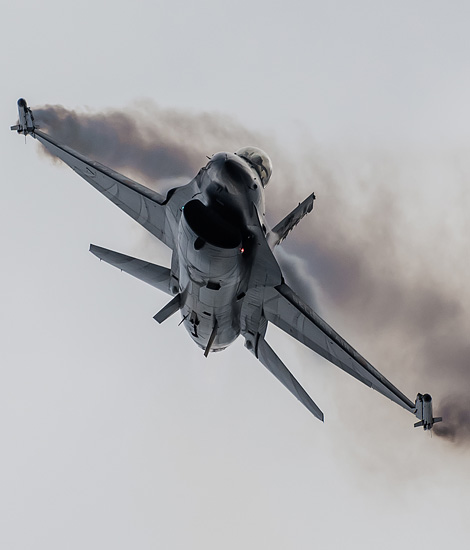
|
The Second World War; Radom-Sadkow, August 23 – 25, 2018
100 Years Polish Air Force, part 2; Text and Photograph's by Alex van Noye
During the Second World War, Poland was one of the first countries which was attacked by the German armies. Many air force troops managed to escape to France and England. The Poles who struggled with the Germans there, would gain much fame during the Second World War because of their excellent skills.
In 1939, Poland ordered 160 MS-406 in France and 10 Hawker Hurricanes in the United Kingdom. However, these aircraft were not delivered on time before the outbreak of the Second World War. At the beginning of the invasion of Poland on September 1, 1939, many Polish fighters were sent to alternative sites to avoid destruction. The German bombers managed to destroy mainly training aircraft at several airfields. The fighters were grouped into 15 squadrons in the area around Warsaw. The Polish PZL P.11a fighters were outdated, but have succeeded to shoot down more than 170 German aircraft. The largest part of the Polish Air Force was destroyed in the campaign and the rest of the aircraft were moved to Romania. Subsequently, the Romanians used all the remaining aircraft for personal use. A large number of Polish pilots and crews managed to escape to France. After the fall of Poland, the Polish Air Force began to regroup in France. The only unit which was completed before the German attack on France was the GC 1/145 squadron which was equipped with Caudron C.714. The Polish pilots were also deployed at various French units. In France they were at the time of the invasion not able to withstand the German forces. After the surrender of France in 1940, the Polish units were formed in the United Kingdom as part of the Royal Air Force. Here the Polish Air Force (PAF) was established. The first Polish squadrons were the no 300 and no 301 Bomber Squadrons and the no 302 and no 303 Fighter Squadrons.
The units which were equipped with combat aircraft received for their tasks the Hawker Hurricane. The Polish units were immediately deployed in the third phase of the Battle of Britain in August 1940. The Poles used their widely developed combat experiences very well and had good results in dogfights. The Polish pilots were as fearless and sometimes they were considered as reckless. In spite of this behavior the Polish successes were large compared to the British pilots who were still completely
|
|
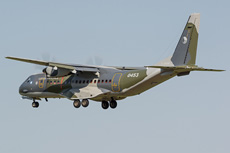
|
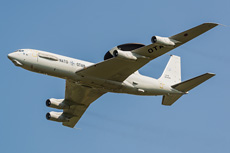
|
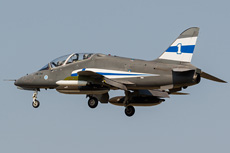
|
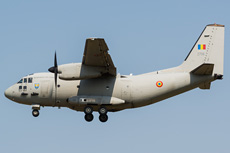
|
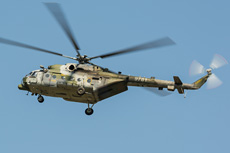
|
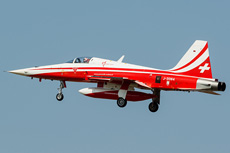
|
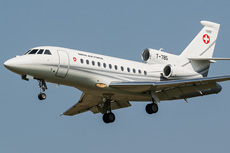
|
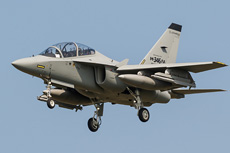
|

|
inexperienced. The Polish no 303 Squadron was the most efficient RAF squadron at that time. The fame and victories which were achieved by pilots from the no 303 Squadron are today still praised in Poland. This unit is the descendant of the traditions of the famous Kosciuszko squadron. The name originated from the Polish-Lithuanian hero, Tadeusz Kosciuszko. This name was linked to the 303 Squadron at the time of the Second World War. Tadeusz Kosciuszko made an enormous contribution during the American Revolutionary War, where he acted as colonel in the Continental Army. He was also a military architect who took care of the fortifications at the West Point in the United States. In the course of history, the homage to Kosciuszko was carried by various units of the Polish Air Force. Another fact is that the insignia used by each of the Squadrons pilots is a tribute to Eliott Chess. This American pilot flew for the Polish Air Force during the Polish Soviet War. This contribution was seen as the repayment of the help of Tadeusz Kosciuszko during the American struggle for independence, by now fighting for Polish independence.
During the Second World War, the Kosciuszko Squadron was established within the RAF to contribute to victory during the Battle of Britain. The Kosciuszko Squadron was already established during the German invasion in Poland as the 111 Escadrille. The unit was involved in the defense of Poland against the Nazis. During this battle, the pilots of the squadron scored several air victories against an enemy who had much better material, both technologically and quantitatively. The losses within this squadron were small and many pilots managed to escape to France after the fall of Poland in 1939 to end up at the RAF. The Poles were very important to the British forces, because the British themselves did not have any combat experience at this stage of the war. The Polish pilots had this experience and were therefore many times more effective in dogfights than the British pilots. The Polish 303 Squadron was equipped with the Hawker Hurricane at the RAF in 1940. The training at the Hurricane was difficult at first, because the Poles of the squadron spoke little or no English. The Polish unit was based at RAF Northolt and soon started with the defense of Great Britain. The air victories that the Kosciuszko Squadron made during the biggest air war of all time were spectacular. During the Battle of Britain, the Poles would knock down a total of 201 German planes, have won 30 shared victories and damaged 13 aircraft.
In the following years, more Polish squadrons were established. These Polish squadrons were; the no 304 Bomber Squadron, the no 305 Bomber Squadron, the no 306 Fighter Squadron, the no 307 Night Fighter Squadron, the no 308 Fighter Squadron, the no 309 Reconnaissance Squadron, the no 315, 316 & 317 Fighter Squadron, the no 318 Fighter Reconnaissance Squadron and the no 663 Air Observation Squadron. Fighter units flew initially with the Hurricane, the Supermarine Spitfire and ultimately with the P-51 Mustang. The no 307 Night Fighter Squadron used aircraft of the type Boulton Paul Defiant, Bristol Beaufighter and de Havilland Mosquito. The bomber squadrons were equipped with the Fairey Battle, the Vickers Wellington, the Avro Lancaster, the Handley Page Halifax, the Consolidated B-24 Liberator and B-25 Mitchell. After the Second World War the international situation changed quickly and Polish units were disbanded. Just a few of the pilots and crews returned eventually to Poland. The Poles have made an important contribution with many troops to defeating the German ruler on the mainland of Europe. After the Second World War everything would change for the Polish Air Force. After the return of the air force in Poland, the country would join the communist regime of the Soviets shortly after the Second World War. During the entire period of the Cold War, the heroes of the Polish Air Force were forgotten by the new communistic regime.
|
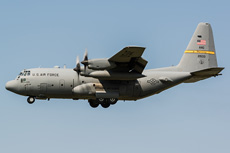
|
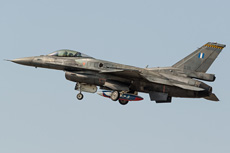
|
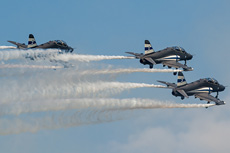
|
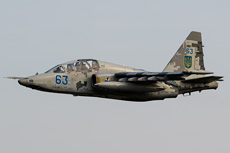
|
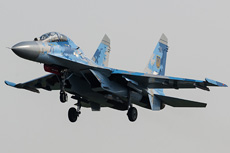
|
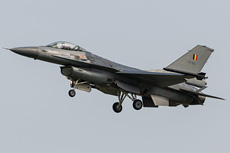
|

|
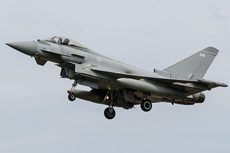
|
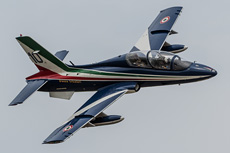
|
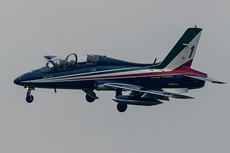
|
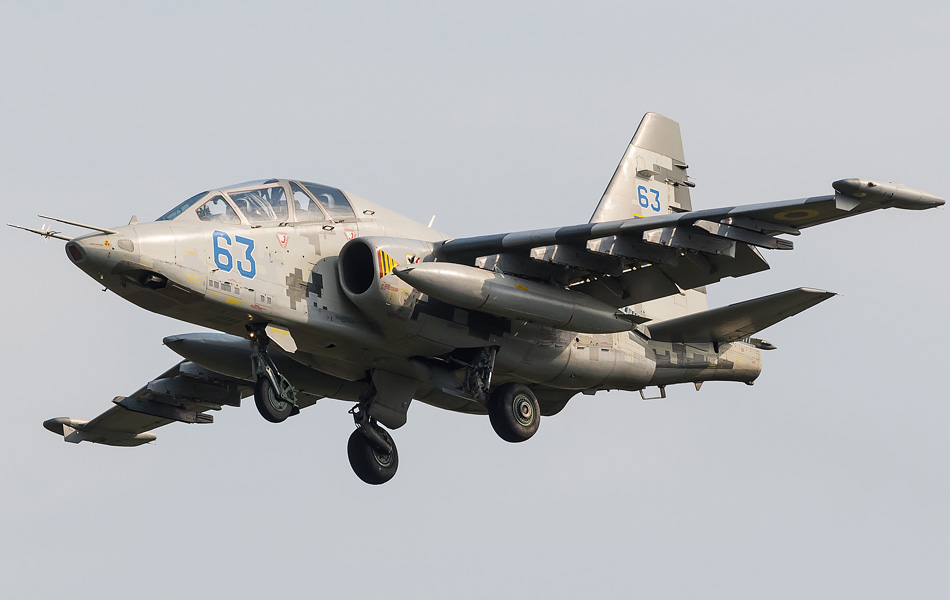
|
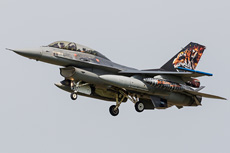
|
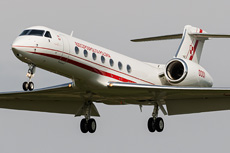
|
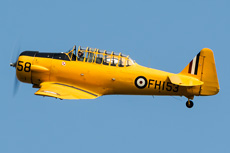
|
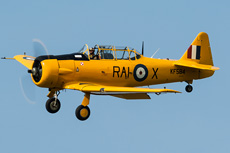
|
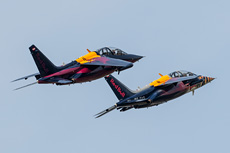
|
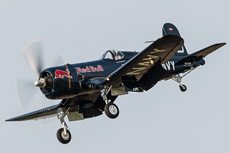
|
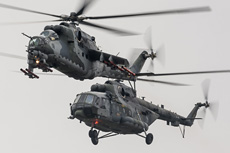
|
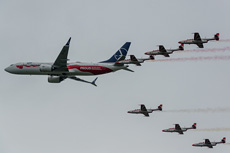
|
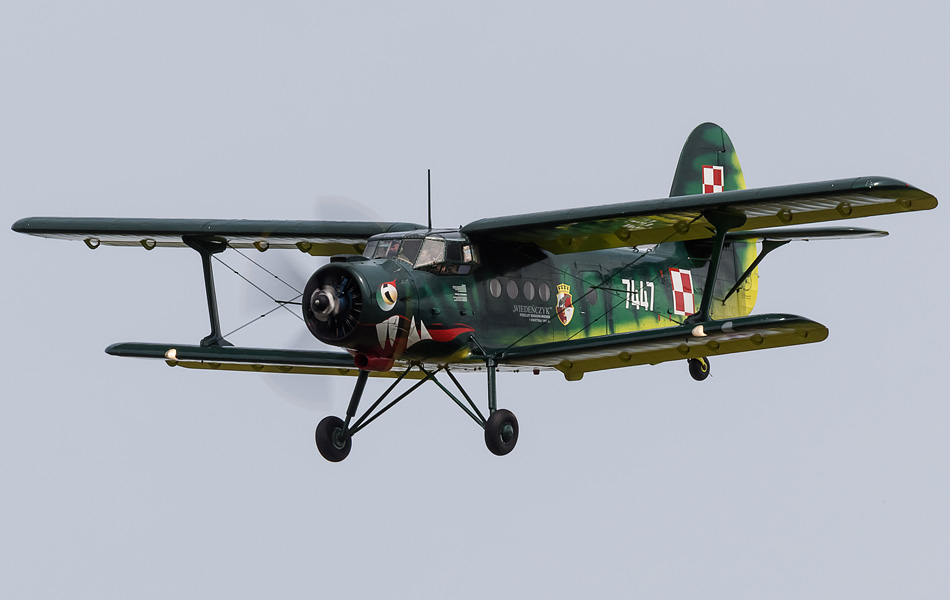
|
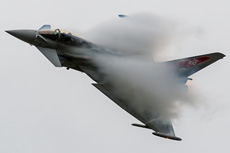
|
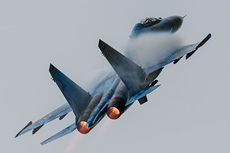
|
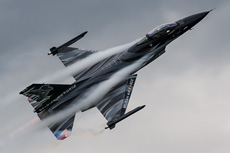
|
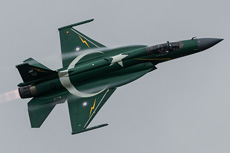
|
|
|

|







